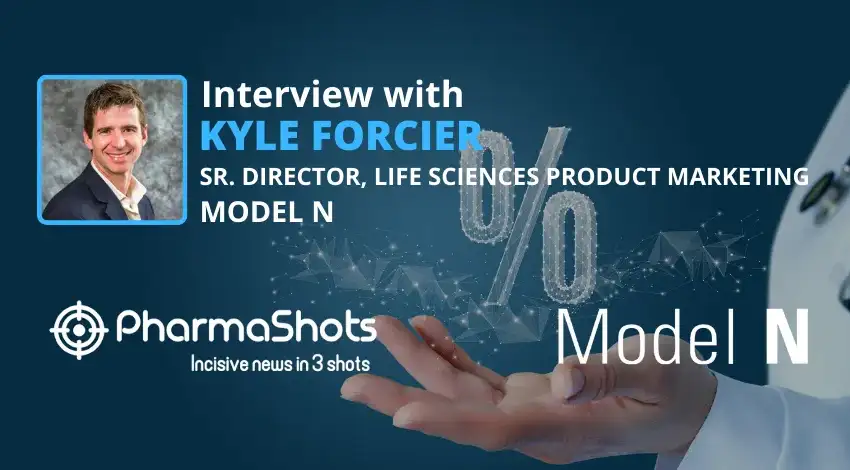PharmaShots Interview: Vigeo Therapeutics’ Dr. Lou Vaickus and Dr. Jing Watnick Share Insights on VT1021 Data Presented at SITC 2020
In a recent interview with PharmaShots, Dr. Jing Watnick, Co-Founder and Chief Executive Officer, and Dr. Lou Vaickus, Interim Chief Medical Officer at Vigeo shared their views on the data findings presented at the SITC 2020 Annual Meeting that demonstrated VT1021 as a single-agent has a favorable safety profile and shows early signals of clinical activity across a wide variety of solid tumors, including pancreatic cancer and glioblastoma
Shots:
- VT1021 is a first-in-class, dual-modulating therapy that blocks the CD47 immune checkpoint and activates CD36, stimulating cytotoxic T-cell functions, inducing apoptosis in tumor and endothelial cells, and increasing the phagocytosis of the tumor by M1 macrophages by stimulating the production of Tsp-1
- The compound initially targets pancreatic cancer, glioblastoma multiforme (GBM) and ovarian cancer
- Vigeo Therapeutics is open for collaborations to advance its clinical program and build pipeline
Tuba: Can we have a glimpse of the poster presented at the Society for Immunotherapy of Cancer’s (SITC) 2020 Annual Meeting?

Source: Vigeo Therapeutics
Tuba: Highlight the key points of the VT1021 development program and its mechanism of action.
Lou: VT1021 is a first-in-class, dual-modulating compound that blocks the CD47 immune checkpoint and activates CD36, stimulating cytotoxic T-cell functions, inducing apoptosis in tumor and endothelial cells, and increasing the phagocytosis of the tumor by M1 macrophages by stimulating the production of thrombospondin-1 (Tsp-1). Vigeo is developing VT1021 as a therapeutic agent across a range of cancers, with a current focus on solid tumors.Tuba: Describe in brief about the specific disease targets of VT1021.
Lou: Currently the target indications for VT1021 are pancreatic cancer, glioblastoma multiforme (GBM) and ovarian cancer. Vigeo is also targeting patients with tumors that express high levels of both CD47 and CD36 as a biomarker based/indication agnostic strategy.
Tuba: Discuss the key findings from the interim clinical data from the P-I/II study of VT1021.
Lou: Dual modulation of CD47 and CD36 promotes complementary anti-tumor activity as 75% of patients who achieved a PR or SD had high expression of both CD47 and CD36 prior to entering the study.
Tuba: When can we expect the complete results of the P-I/II study and initiation of P-II study?
Lou: Escalation has been completed and expansion is expected to be completed by 2Q of 2021. We expect to initiate combination studies in 2Q of 2021.
Tuba: What are the unique attributes about Vigeo’s lead candidate VT1021?

Source: Vigeo Therapeutics
Lou: Vigeos lead asset, VT1021, is a first-in-class dual modulating compound that blocks the CD47 immune checkpoint and activates CD36, which induces apoptosis and increases the M1:M2 macrophage ratio. VT1021 achieves this through stimulation of thrombospondin-1 (Tsp-1). The goal of these dual-modulating effects is conversion of immuno-suppressive, or cold, tumors that don’t respond to immuno-oncology agents, to immuno-stimulated, or hot, tumors that are potentially more receptive to immuno-oncology agents. Vigeo is developing VT1021 as a therapeutic agent across a range of cancers, with a current focus on solid tumors. Pre-clinical results have demonstrated that single-agent VT1021 causes tumor regression at both the primary and metastatic sites.
Tuba: What were the major highlights about the dose escalation portion of first in human trial with VT1021?
Lou: The dose escalation study was marked by a very clean safety profile, an expected and dose dependent pharmacokinetic profile, and the attainment of changes in desired biomarkers in patients that were predicted in nonhuman animal models. As such the recommended Phase 2 dose was determined based on a combination of safety, pharmacokinetic, and pharmacodynamic parameters. Additionally, there was a very overall high disease control rate (SD+PR) of 43% (12/28). When analyzing patients with high levels of both CD36 and CD47, the disease control rate increased to 80% (8/10).
Tuba: How do you feel about the development status of VT1021 so far?
Lou: We are very encouraged by the development of the biomarker-based strategy and feel that this will significantly impact the clinical development of VT1021. Early results in the indication expansion cohorts are promising and we are cautiously optimistic. In addition, the clean safety profile allows for combinability with other immunomodulatory and chemotherapy drugs.
Tuba: What are the other programs that we can expect to escalate further from Vigeo’s pipeline?
Lou: There are several preclinical-stage programs in the pipeline focusing on TME modulation.
Tuba: Do you plan for any partnerships for the commercialization strategies of VT1021?
Lou: We are continuously evaluating potential partnerships and remain open to any number of possibilities as we work to advance our clinical program and build out our pipeline.
About Authors:

Dr. Jing Watnick is a co-founder of Vigeo and leads the company as its CEO. She has over 20 years of experience in the pharmaceutical industry, including roles in program and portfolio management, strategic planning, business development, alliance management, and preclinical and clinical research.

Lou Vaickus serves as Interim CMO of Vigeo. He has over 30 years of experience that began as an academic scientist, then practicing physician, then spanned into industry with preclinical, clinical, and globally marketed pharmaceutical products.
Note: This interview has been copyright by Vigeo Therapeutics.
Related Post: ViewPoints Interview: Janssen’s Kiran Patel Shares Insights on Amivantamab for Metastatic EGFR Exon 20+ NSCLC


